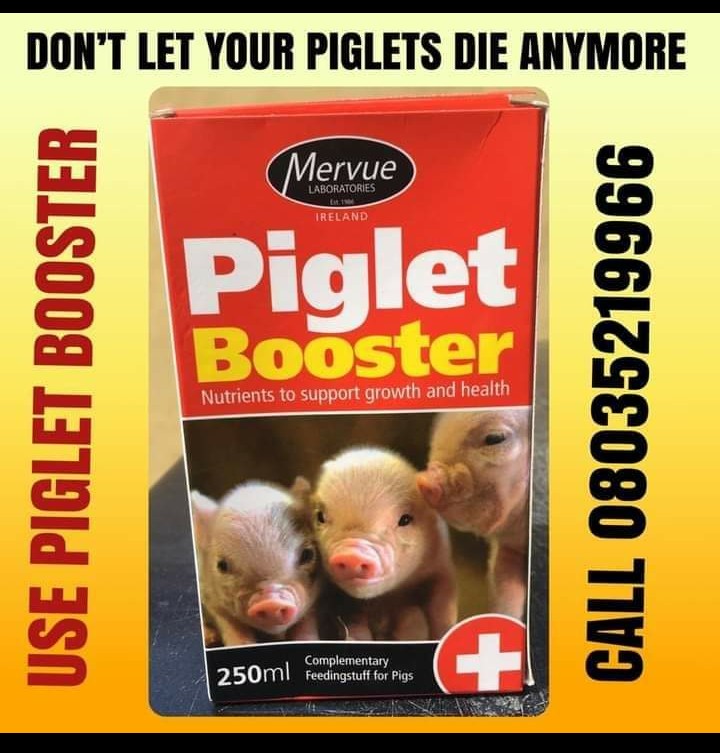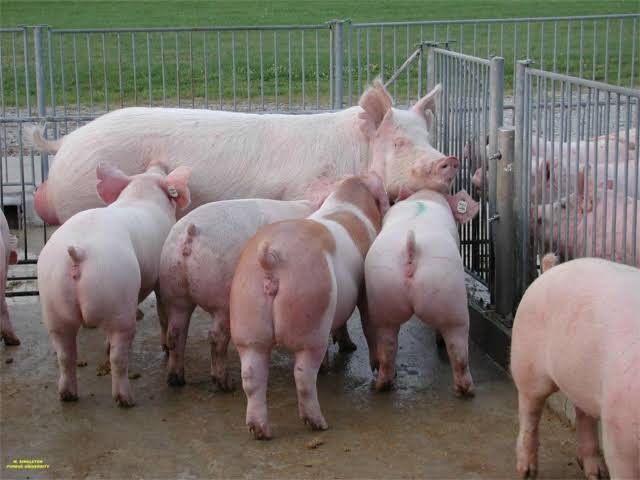5 Tips to Feeding Sows during Wean to Oestrus Period
Adequate feeding during the wean to oestrus interval affects the speed with which sows return to oestrus after weaning, and their optimal reproductive performance.
 Learn More
Learn MoreWean to oestrus interval is described as the number of days between weaning and the first day standing heat is observed. This period is a critical time point in sow life to breed newly weaned sows to ensure sow reproductive performance and to maintain herd productivity. Due to high nutrient demands during lactation, sows may lose weight which in turn cause delayed standing heat, increased non-productive days, decreased longevity and compromised follicular quality.

The following tips on feeding sows during wean to oestrus period will improve their reproductive performance and overall herd profitability.
Consider specific nutrients rather than simply full feeding
Many swine producers practice full feeding sows after weaning to recover body reserves lost in lactation and to ensure optimal reproductive performance. However, full feeding sows in the immediate post-weaning period leads to increased feed wastage and feed costs and it supports minor or no improvements in reproductive performance and offers no economic benefit to producers. It is recommended to supplement postweaning diet with simple sugars such as glucose and dextrose to provide sows with a carbohydrate-rich diet to stimulate follicular development and follicular quality induced by secretion of insulin and insulin growth factor.
READ ALSO: How and When to Assist Sows During Farrowing
Feed a high-quality diet
When it comes to nutrition, the recipe for success includes everything that sows need including energy, protein, essential fatty acids, vitamins and minerals. Without all these basic building blocks, sows cannot support their requirements for their body growth and maintenance and foetal growth, as well. The potential consequences of feeding low quality diet to the breeding herd include a decrease in conception rates, smaller litters and/or reduction in birth weight, lower milk production, an increase in wean to oestrus interval, and a shortened reproductive life.
Increase feeding frequency
Feeding sows 2 or more times daily compared to only once maintains feed freshness and promotes greater consumption. In addition, increasing sow feeding frequency from once to 2 or 3 times per day may reduce the number of stillborn and increase litter size at weaning.
Allow sows unlimited access to clean water
Water is the most important nutrient for sows without which they will only survive for a short time. Maintaining good water quality and unlimited easy access to clean water promote greater feed consumption and result in healthier sows and increased production effectiveness. If there is any doubt concerning the quality of the drinking water, samples need to be collected to analyse the water and verify that it is acceptable for sows. Many factors can affect the quality of water, including microbiological, physical and chemical factors.
READ ALSO: 7 Ways to Reduce Tail Biting in Pigs
Optimise sow comfort
Sows are highly adaptable and will perform well within a range of temperatures called thermoneutral zone. Thermoneutral zone is a range of ambient temperatures (approximately 55º to 75º [12.7ºC to 23.8ºC]) at pig level within which a pig can maintain normal body temperature (102ºF [93.8ºC]) through control of sensible heat loss. During the summer, sows should be kept cool in order to stimulate an increase in consumption of feed. The cooling system increases sow feed intake by 19.8% and decreases sow weight loss by 78%.
Contributed by Samaneh Azarpajouh















